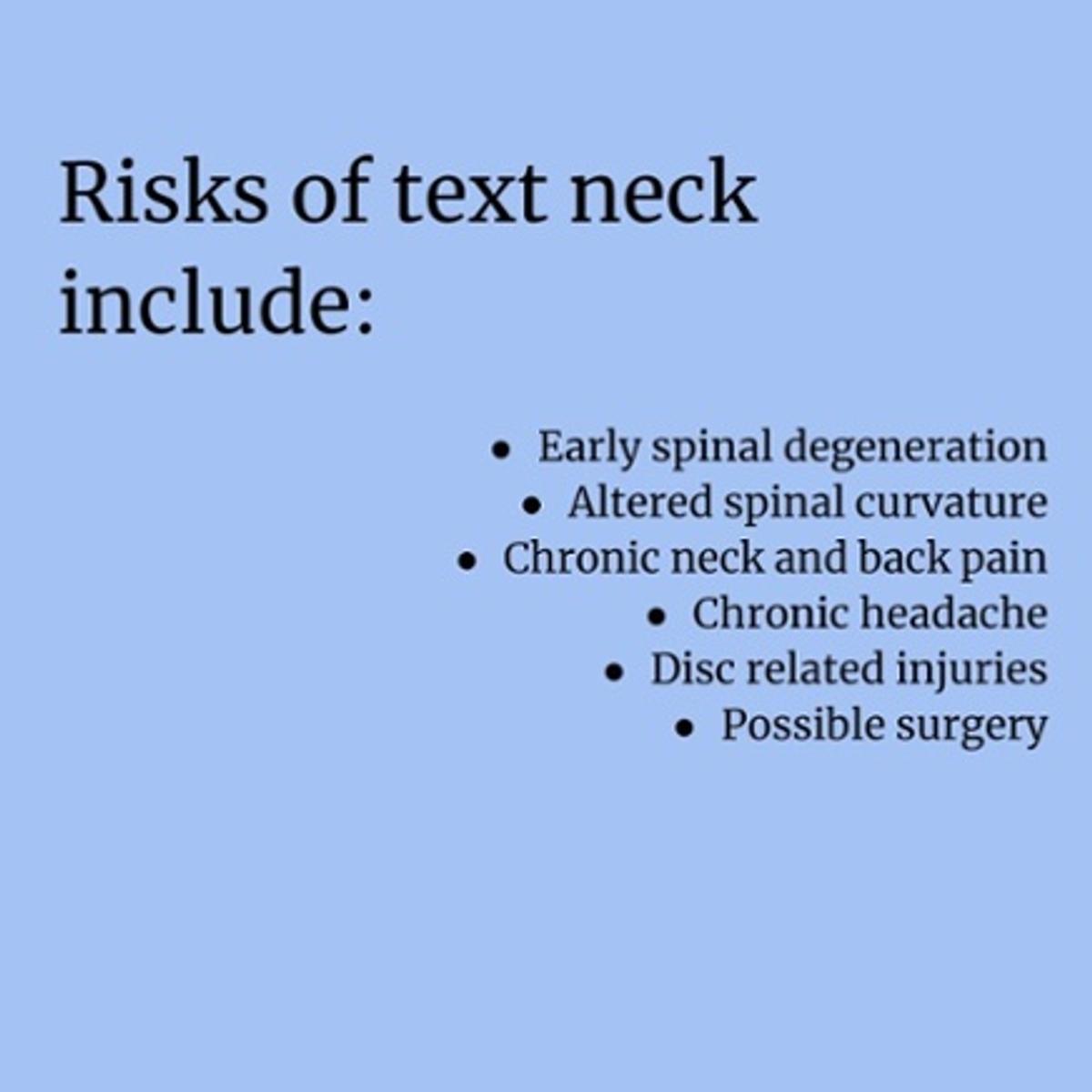Family Zone & Cyber Safety

Download Family Zone
Make use of the Family Zone Accounts which we are offering to John XXIII College families for free, as part of our College contract negotiations until 2020.
By setting up a private Family Zone account, you can apply age-appropriate parental controls on every device your child has access to, in any location. To find out more visit https://www.familyzone.com/johnxxiii-wa
A heads-up on "text neck"
Written by Family Zone Team
Australians spend more time looking at a screen than they do eating, commuting, exercising and getting ready for the day - combined. We spend more time on screens (averaging 9.4 hours daily) than we do sleeping (7.3 hours daily), according to recent data from Lonergan Research.
No prizes for guessing that our kids aren’t far behind. Children aged 6 to 13 are logging in over 43 hours a week - and that’s not counting the mounting hours spent on devices at school.
Quite apart from the social, cognitive and behavioural effects of our near-constant connectivity - including its still-uncharted impact on family life - are its consequences for our physical wellbeing.
In a nutshell, our love affair with screens is creating a pain in the neck - literally - for pretty much the entire planet. Spine specialists call the problem “text neck” - and point to the postural implications of hunching over our smartphones as the culprit.
Mobile phone users globally are expected to top five billion this year. Right now, approximately two-thirds of all humans possess one. And an increasing number of those humans are children.
Researchers at Harvard Medical Health predict that seven out of 10 will experience neck aches at some point in their lives. But up until recently, neck problems in children were rare. No more. Health professionals across a diversity of specialisations are reporting a rise in neck-related ailments in adolescents and children alike - and little wonder.
One recent study found kids are spending an average of five to seven hours a day with their heads dangling over devices. Over a year, that clocks in at 1800 to 2500 hours. For high school students, you can add an extra 5,000 hours to that.
Here’s how text neck happens
When we hunch over our devices to text, the muscle, tendon and ligament structures in front of the neck compress and tighten - while those behind the neck lengthen.
The human head weighs about 10 pounds. But for every inch your head is tilted forward, the weight your neck needs to carry doubles. This causes the natural curve of the neck to flatten over time, putting users of all ages at risk for serious consequences.
As our children age into their 20s and 30s, experts say, degeneration will have already set in as a result of slumped posture and poor alignment, potentially requiring medication and surgical intervention.
Prevention is better than cure
Screens are a part of our lives now. But poor screen hygiene doesn’t have to be. Here’s what specialists recommend to keep text neck at bay for adults and kids alike:
Hold your phone at eye level when texting or reading.
Keep your back straight
Maintain a neutral head position - ears aligned with shoulders
Avoid holding smart devices in your lap. If you must look down, use your eyes but keep your neck stationary
Try using voice to text technology
Take frequent breaks
Aim to get an hour of physical activity daily
Do strengthening and stretching exercises that target the muscles of the cervical spine. (Here are three recommended ones https://www.youtube.com/watch?v=ym1IttBz3vM&t=1s)
And finally, and most importantly, limit the time you spend on devices


